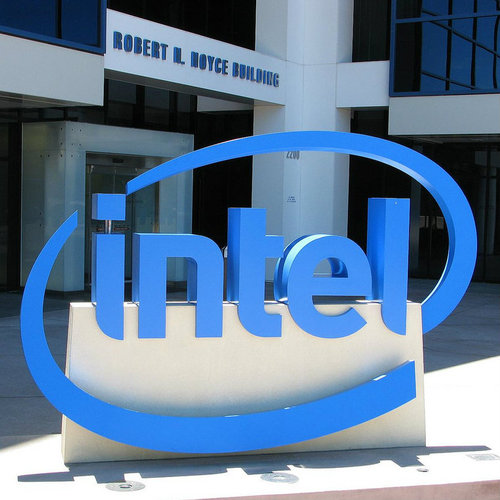At the Credit Suisse Conference, Intel's CEO explained that good things will come to a company that can provide the common technology in an ecosystem that includes data centers and connected devices.

To explain why Intel has a future, Intel CEO Brian Krzanich had to explain that getting bupkis out of the 3G/4G market was an even bigger failure than some of Intel's most vociferous detractors realized.
Intel Corp. (Nasdaq: INTC) pursued a proprietary strategy with 3G/4G silicon, and that was a mistake, Krzanich explained during an interview at the Credit Suisse Technology, Media & Telecom Brokers Conference. "We tried to drive our own standards and at the end we got locked out," he said.
As a result, a generation of developers has grown up building solely on ARM, rather than on the x86 platform, he observed. Intel needs to turn that situation around ASAP.
Credit Suisse analyst John Pitzer channeled Intel's doubters during his interview with Krzanich. Intel ran into a brick wall in the mobile market. It's spending a lot of money. The PC market is looking like a liability. Moves into data centers, memories and the Internet of things (IoT) aren't enough to compensate. Meanwhile Krzanich is frittering away his time attending maker faires.
Krzanich explained that every market Intel is pursuing is part of an increasingly interdependent ecosystem, and that's why it's important to be in everything from end devices to data centers.
Getting involved in the 5G market is critical, and Intel has to be a presence in places where developers congregate if it wants remain relevant.
"I look out at the universities, I look out at these maker faires, and these are the people that are going to be the inventors of the technology in ten years, 15 years, and none of them are working on Intel x86 architecture. They were all working on ARM," he said.
"We've lost touch with the community that was going to be the next people who invent the next great machine that we all love and use," he continued. "I have to go back and get those people in touch with Intel, see that there is a technology, that there is a capability that they cannot match anywhere else on the planet."
He said that's why Intel developed Quark, the company's new system on a chip (SoC), aimed at network edge devices, such as gateways, that will manage IoT devices and other networked products.
Complementary to Quark are the Atom x3 (aka Sofia) chips for mobile handsets, and the Curie chips designed for use in wearable devices.
Buying Altera and developing an entirely new type of memory IC (with Micron Technology) will both help the company insinuate itself even deeper into the data center market. Data center growth is being driven by network traffic growth, and a lot of that growth is being driven by usage of devices on 5G networks.
Want to know more about chips for 5G handsets? Check out our dedicated mobile/wireless components channel here on Light Reading.
"To get into that networking space to sit down with Huawei, with Ericsson, with a Verizon and Deutsche Telekom and all of these guys that are players on that space, you have to be on both ends of this network in order to be considered relevant," Krzanich said.
But what about the other end of the market, Pitzer asked. It's low cost and low margin -- that's especially true of the IoT market he noted -- and low-cost/low-margin is not where Intel plays.
Krzanich agreed that was mostly the case, but while sensors might cost a nickel, there are devices that those sensors have to interface with, and those devices might go for $20 a pop, and Intel can play there.
It's up to Intel to make it work, but it's important to remember there's a virtuous circle being created.
"When your fish-finder can go out on to the cloud and download the most recent data of what's been caught on that lake, that's when your fish-finder that used to be just a simple embedded product becomes an IoT device," Krzanich said. "And now you're passing data to the cloud as well, that's like the simplest most basic example of IoT. But it really demonstrates that you've got to have connectivity. So if you're going to play in IoT which includes everything from the old embedded type product, through industrial robotics, all of these devices, you've got to have connectivity."
The only difference between the embedded and IoT markets is that the latter is connected, which, he noted, is why Intel continues to build modems.
As for the PC business? Yes, it's wobbly, and maybe it will do nothing but decline. But at the moment, it represents $35 billion in revenue. Intel has revived and stabilized the PC business, Kzranich said. He said he expects the PC market to remain viable for 5, 7, maybe even ten years. And with the addition of the new business segments -- data center, memory, IoT -- the PC market can decline by as much as 10%, and Intel will still grow.
The PC business is a "huge asset," he said.
Kzranich's quotes are from the transcript of the interview provided by Seeking Alpha.
— Brian Santo, Senior Editor, Components, T&M, Light Reading
About the Author(s)
You May Also Like











